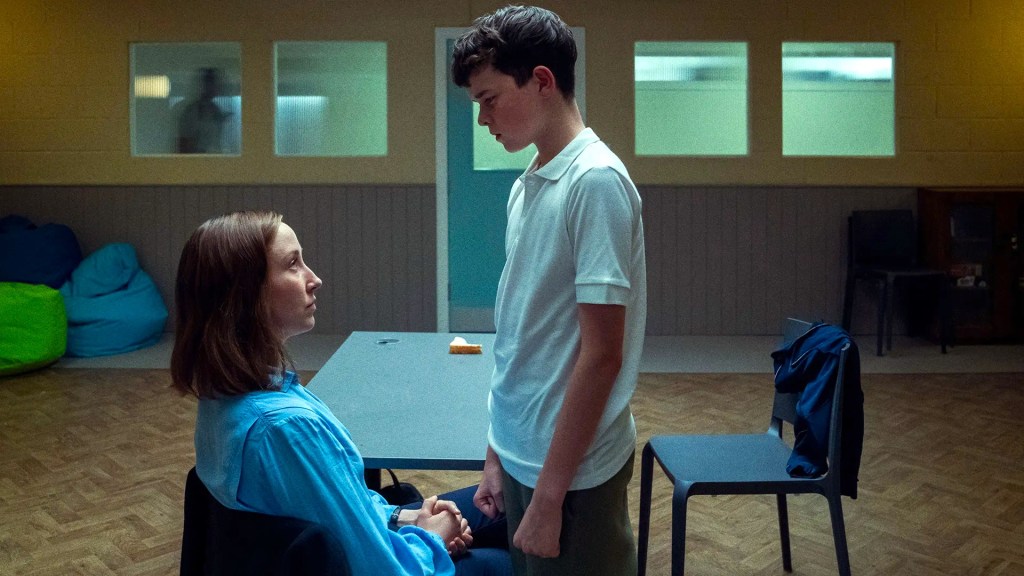Editor’s note: this article contains spoilers for all four episodes of Adolescence
Jack Thorne has just disembarked from a train when he answers a call from Deadline, marking another stop in a whirlwind of interviews about his potential career-defining work: Adolescence.
Returning to London from Manchester, where he discussed their Netflix series on BBC Breakfast’s iconic red sofa with Stephen Graham, Thorne seems slightly overwhelmed by the excitement surrounding Adolescence. He remarks, “It’s been a really delicious and wonderful whirlwind.”
In the lead-up to the premiere—a moment that saw Adolescence reach the top of Netflix’s viewing charts in 71 countries—we caught up with Thorne to delve deeper into the show’s themes and the fate of Miller’s murder weapon. The responses have been condensed for brevity and clarity.
DEADLINE: Your work typically raises questions rather than providing answers. What key question does Adolescence address?
THORNE: The main inquiry revolves around why there’s an increasing rate of violence from young males towards young females. We wanted to deeply explore this issue and present it thoughtfully, without falling into simplistic answers, which has been the mission that Stephen and I embraced years ago.
DEADLINE: What do you believe contributes to the series’ strong resonance with Netflix viewers?
THORNE: I hope we’ve illuminated a topic that has been acknowledged but rarely scrutinized deeply. The journey through Jamie’s character allows viewers to explore and comprehend the underlying issues through his eyes, which I find gratifying.
DEADLINE: Has Philip Barantini’s continuous shooting style enhanced the show’s impact compared to a traditional filming approach?
THORNE: There’s distinct pleasure in embracing the incomplete. This series deliberately acknowledges its partiality; we don’t address every question, like the mystery of the knife’s location, which is left unresolved, contributing to the authentic essence of the narrative.



